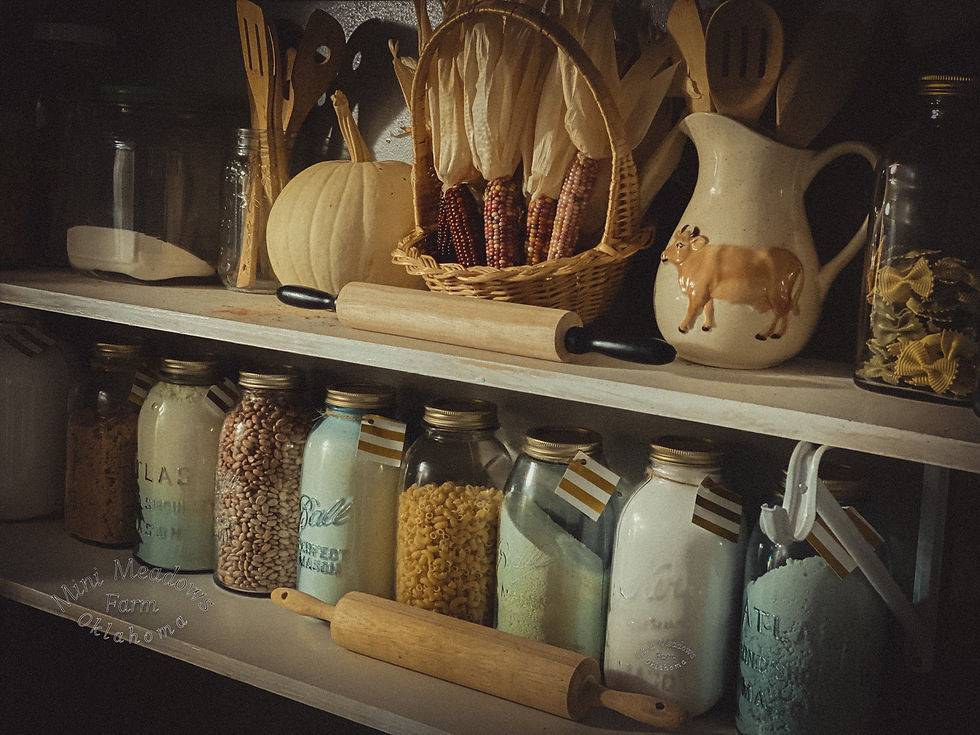
From Jungle Fowl to Backyard Companions: The Intriguing History of Chicken Domestication
- kimberkay777
- Jan 24
- 3 min read
The domestication of chickens is a captivating tale that spans thousands of years and has left an indelible mark on human civilization. From their wild ancestors to the beloved backyard companions of today, chickens have played a crucial role in providing sustenance, companionship, and cultural significance. In this article, we delve into the fascinating history of chicken domestication, exploring its origins, evolution, and the profound impact these feathered creatures have had on our lives.
1. Wild Origins:
The wild jungle fowl (Gallus gallus) of Southeast Asia serves as the progenitor of the domestic chicken. These wild birds inhabited the forests and grasslands, displaying natural behaviors and traits that would eventually be shaped through selective breeding by early human societies.
2. Early Domestication:
Chicken domestication can be traced back to ancient civilizations in Asia, around 6000 BCE. Humans recognized the benefits of keeping chickens for their eggs, meat, and feathers. The process of domestication involved capturing and breeding the wild jungle fowl in captivity, gradually selecting for desirable traits such as tameness, increased egg production, and meat quality.
3. Cultural Significance:
Chickens held cultural significance in various societies throughout history. In ancient Egypt, chickens were associated with the sun god Ra and were included in religious rituals. In ancient Greece and Rome, they were symbols of fertility and sacrifice. As chickens spread through trade and exploration, they became embedded in the folklore, art, and culinary traditions of different cultures.
4. Global Spread:
Chicken domestication reached Europe by around 600 BCE, and chickens eventually spread to other parts of the world through trade routes and exploratory voyages. The explorations of European navigators during the Age of Exploration further facilitated the dissemination of chickens to the Americas, Africa, and beyond.
5. Selective Breeding and Purposeful Traits:
Throughout history, humans selectively bred chickens to enhance specific traits for various purposes. For example, specialized breeds were developed for meat production, egg-laying capacity, ornamental features, or cockfighting. Selective breeding led to the diversification of chicken breeds, each suited to specific climates, environments, and cultural preferences.
6. Industrialization and Commercial Poultry Farming:
The advent of industrialization in the 19th century brought significant changes to poultry farming. The development of efficient breeding techniques, artificial incubation, and advances in feed formulation enabled large-scale commercial poultry production. Chickens became one of the most important sources of animal protein, and factory farming methods emerged to meet the growing demand for poultry products.
7. Backyard Poultry and Sustainable Practices:
In recent years, there has been a resurgence of interest in backyard poultry keeping. Small-scale chicken farming in urban and rural areas has gained popularity due to its benefits such as fresh eggs, organic waste management, and educational opportunities. Many people embrace sustainable practices, promoting free-range systems, organic feed, and the preservation of heritage chicken breeds.
8. Genetic Research and Conservation:
Genetic research has shed light on the origins and diversity of domesticated chickens. Studying the genetic makeup of different chicken breeds helps preserve genetic diversity, identify disease resistance traits, and contribute to sustainable breeding programs. Conservation efforts aim to protect rare and endangered chicken breeds, ensuring their survival for future generations.
Conclusion:
The domestication of chickens has had a profound impact on human societies, providing sustenance, cultural significance, and companionship. From their origins in the jungles of Southeast Asia to the backyards and industrial farms of the modern world, chickens have accompanied us on our journey through history. As we navigate the future, it is essential to promote ethical and sustainable practices in chicken farming, preserve genetic diversity, and appreciate the rich heritage and contributions of these remarkable birds.





Comments